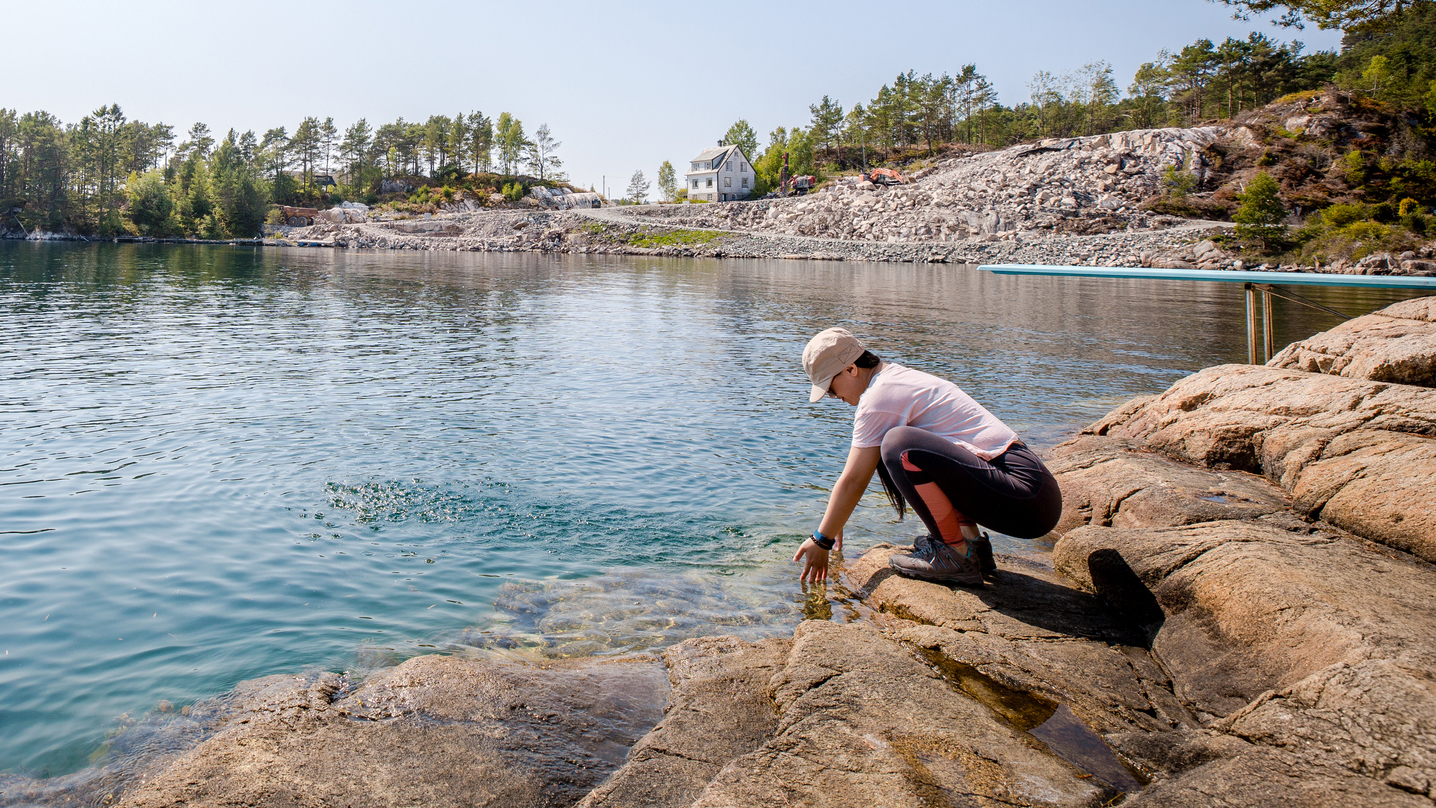Learn to do deep squats to improve hip mobility, health and get a better butt
YouTube channel HybridCalisthenics shows us an easy, step-by-step method to learn how to deep squat


You've seen people learn how to do squats in the park and barbell squat at the gym, but most people only lower their bodies until their thighs are parallel with their knees. Everyone should learn to deep squat, and hold it, at some point in their life.
Recent studies have found that squatting deep is not just a sign of great fitness and hip mobility, but it can also help you avoid lots of the issues of a sedentary lifestyle, which translates to a longer life according to Brazilian researchers.
However, just getting to the deep squat in the first place requires quite a bit of hip mobility. Some fitness enthusiasts, especially people getting into fitness later in life, might even think a deep squat is out of reach. However, YouTuber Hampton, who runs fitness channel HybridCalisthenics, has released a short video (less than 10 minutes) which encourages people to learn how to deep squat step-by-step. Check it out below:
Learn to do deep squats in under 10 minutes here:
Hampton's method has been lauded before – he recently went viral on Reddit for releasing a simple one-minute video in the same style, showing people how to do a push up for the first time. This time, it's all about deep squats, and Hampton's easy-going, accepting approach really resonates with people.
"You should not feel ashamed if you can't do a deep squat, or any kind of squat at all," he says. "Fitness and health is a journey."
"Being able to get on and off the ground without the use of your hands is an important part of functional mobility".
Hampton recommends people start with the principles of "progressive calisthenics": find a move or position you're comfortable with, practise once or twice at week for two to three sets, until you can move on to the next stage. These steps include assisted squats lying down using a set of the best resistance bands, jack-knife squats, using a chair, and supported squats, using a banister or bar just below chest height. Eventually, you can work your way to free-standing deep squats.
Start your week with achievable workout ideas, health tips and wellbeing advice in your inbox.

Eventually, you'll be able to hold and relax in a deep squat position, just like many people do all over the world in lieu of sitting. However, it does more than help your hips: according to Harvard University, bodyweight squats develop flexibility in the knees, feet, and ankles as well. Doing all these squats also trains muscles like the quads, glutes and calves in addition to your core, sculpting better-looking legs and a pert bum.
It's not just about aesthetics though: squats will help in everyday life, whether you’re running a 10k and need a bit of extra strength in your legs, or the lift is broken and you're keen to go up a flight of stairs.
Matt Evans is an experienced health and fitness journalist and is currently Fitness and Wellbeing Editor at TechRadar, covering all things exercise and nutrition on Fit&Well's tech-focused sister site. Matt originally discovered exercise through martial arts: he holds a black belt in Karate and remains a keen runner, gym-goer, and infrequent yogi. His top fitness tip? Stretch.
